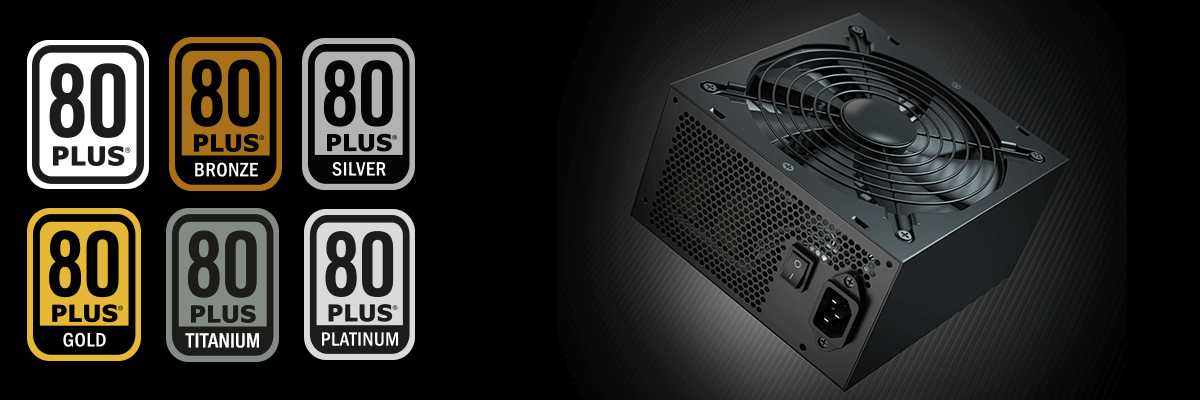
Introduction of power supply
A power supply is a device that converts electrical energy from a source into the correct voltage, current, and frequency needed to power electronic devices. It is an essential component of many electronic devices, including computers, televisions, audio equipment, and gaming consoles.
The main function of a power supply is to provide stable and regulated power output to the connected electronic devices. This ensures that the devices receive a consistent power supply and prevents damage or malfunction due to fluctuations or surges in the electrical current.
The Benefits of Using a Power Supply?
Stable and regulated power output:
A stable and regulated power supply is crucial for the proper operation of many electronic devices. Many electronic devices have specific voltage and current requirements that need to be met for the device to work correctly. Power supplies can regulate the output voltage and current, which ensures that the connected devices receive a stable and consistent power supply. This can prevent damage to the devices and ensure their proper operation.
For example, a computer power supply provides the regulated voltage and current that a computer needs to function properly. Without a properly functioning power supply, a computer could malfunction or be damaged.
Protection against power surges and fluctuations:
Power supplies can protect connected devices from power surges, spikes, and other forms of electrical interference. Power surges and fluctuations can occur due to lightning strikes, power grid issues, or other electrical disturbances. These electrical disturbances can damage electronic devices or cause them to malfunction.
Many power supplies are designed with protection circuits that can detect and respond to these disturbances. For example, some power supplies include overvoltage protection circuits that can detect when the output voltage exceeds a certain level and immediately shut down the power supply to prevent damage to the connected devices.
Increased efficiency:
Power supplies can be designed to operate with high efficiency, meaning that they convert input power into output power with minimal loss. This can reduce energy waste and lower electricity costs. For example, an efficient power supply can convert AC power from the wall outlet to DC power with minimal loss. This can reduce the amount of power that is wasted as heat and lower the amount of electricity that is needed to power the device.
Reduced noise:
Some power supplies are designed to operate silently or with minimal noise, which can be beneficial in environments where noise levels are a concern. For example, a power supply for a recording studio or home theater system should be designed to operate silently to avoid interfering with the audio output.
Flexibility:
Power supplies can be designed to operate with a wide range of input voltages and frequencies, which can make them suitable for use in different countries and regions. For example, a laptop power supply can operate with an input voltage range of 100-240V and a frequency range of 50-60Hz, which makes it suitable for use in many countries around the world.
In summary, power supplies are essential components of many electronic devices. They provide stable and regulated power output, protect connected devices from power surges and fluctuations, increase efficiency, reduce noise, and offer flexibility in terms of input voltage and frequency. These benefits ensure the reliable and efficient operation of electronic devices and help prevent damage to them.
What are some safety tips for handling power supplies?
Handling power supplies can be hazardous if proper safety precautions are not followed. Here are some safety tips to keep in mind when handling power supplies:
Follow the manufacturer's instructions:
Always follow the manufacturer's instructions for the power supply you are handling. This includes reading the user manual and understanding the proper operation and handling of the power supply.
Use the correct voltage and current rating:
Ensure that the voltage and current rating of the power supply matches the requirements of the device you are powering. Using the wrong voltage or current rating can damage the device or cause a fire or electric shock.
Unplug the power supply when not in use:
When not in use, unplug the power supply from the electrical outlet to avoid the risk of electrical shock or fire.
Do not modify the power supply:
Do not modify or alter the power supply in any way, as this can cause the power supply to malfunction or become unsafe to use.
Use proper grounding:
Ensure that the power supply is properly grounded to avoid the risk of electric shock. This includes using grounded electrical outlets and cords.
Do not touch the power supply while it is in use:
Avoid touching the power supply while it is in use, as it can become hot and cause burns or electric shock.
Keep the power supply away from water:
Keep the power supply away from water or other liquids to avoid the risk of electrical shock or damage to the power supply.
Store the power supply properly: Store the power supply in a dry, cool place away from direct sunlight, and keep it out of reach of children.
Conclusion
In conclusion, power supplies are an essential component of many electronic devices, providing stable and regulated power output, protecting connected devices from power surges and fluctuations, increasing efficiency, reducing noise, and offering flexibility in terms of input voltage and frequency. However, it is important to handle power supplies with caution to avoid the risk of electrical shock, fire, or damage to the devices. By following the manufacturer's instructions, using the correct voltage and current rating, unplugging the power supply when not in use, using proper grounding, avoiding touching the power supply while it is in use, keeping it away from water, and storing it properly, you can ensure safe handling and operation of power supplies.

Leave a Comment